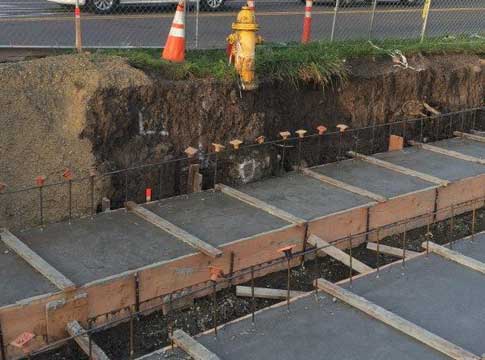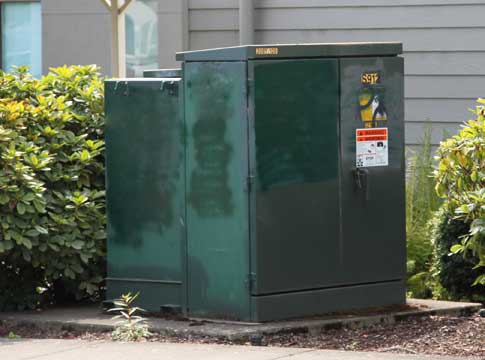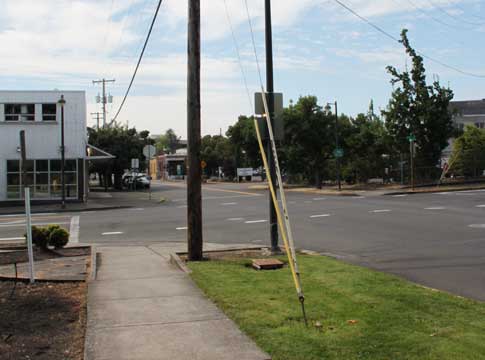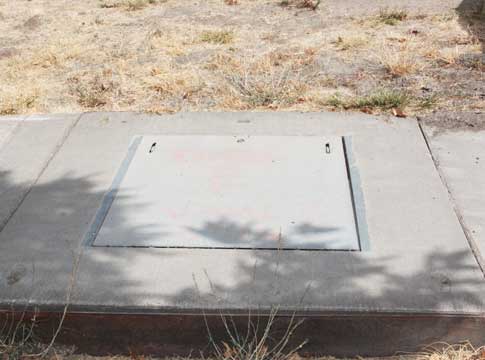Tips for a successful project
Construction near existing EWEB electric and water facilities can pose serious safety risks, and unidentified conflicts with these facilities can delay projects. Even though they may not be visible, EWEB facilities may be buried on or adjacent to your property. We can help you evaluate potential construction conflicts so your project is constructed safely and efficiently.
TIP #1: Dial 811 to use the free Call Before You Dig system to identify potential conflicts with existing utilities as soon as possible. Once utility facilities are located and marked, use the contact information below to learn regulations and standards that apply to identified utility facilities within or just adjacent to your project area.
- Working near electric facilities? Call 541-685-7457 or send an email.
- Working near water facilities? Call 541-685-7595 or send an email.
Tip #2: Here are some typical situations that require coordination with EWEB:
- Excavation and Cover
Contact us if you plan to excavate within five feet of any EWEB facilities, as soil disturbance near these facilities could compromise the integrity of the utility foundations. Examples include: power poles, guy-wire anchors, fire hydrants, water lines, vaults, transformers and underground conduit.
Contact us if your project may result in leaving less cover over existing conduits or water pipes to ensure you have the minimum cover required to protect these facilities.
- Power Line Clearance
Depending on the voltage of the electric line, 10-20 feet of clearance from energized overhead wires may be required for all workers, equipment and materials. Call 541-685-7457 or email DistributionEngineering@eweb.org to determine the voltage and safety requirements.
Tip #3: If you need new or temporary water or electric service for your project, or if your service needs to be upgraded, read about the process for doing so.
Contact us if you are working near any of these types of facilities:

Water mains and/or fire hydrants

Electric padmount transformers

Power poles and support structures

Underground electrical vaults

